Many myths and rumours surround solar energy and electricity generation through photovoltaics. Is generating electricity with solar panels worthwhile? Do they increase the risk of fire? Is solar power only produced when the sun is shining? This article sheds light on the dark myths surrounding solar energy.

Myth 1: The return on investment for a solar power system is not worth it.
Solar systems can earn money by feeding electricity into the grid and saving costs through their own consumption. Depending on the size of the photovoltaic system, your own electricity consumption and the cost of the electricity tariff, the self-consumption of solar power is worthwhile. PV systems can still generate good returns. This depends on various factors: among them the irradiance level of the location, the size of the PV system, and the financing.
For example, the prices for solar systems and balcony power plants have fallen sharply over the past ten years. Energy prices, on the other hand, are steadily rising in the long term. So, a balcony power plant or solar system often pays for itself in just a few years and saves you money afterwards.
While a balcony power plant costs approximately £ 1000 to purchase but saves up to £ 300 annually, the investment is paid back in just four years. The power plant can continue operating for up to 27 years after that, offering significant savings potential.

Myth 2: PV systems in the UK do not operate efficiently.
That’s not true in general. Although irradiation is higher in southern latitudes (and lower in northern latitudes), a PV system is still efficient and extremely cost-effective in the UK. Unfortunately, the misconception that the sun doesn’t shine long enough in the UK is still pervasive. But the weather data tells the truth: the UK has 1,400 hours of sunshine a year! So, a solar system produces 1,000 kilowatt hours per square meter. And the clean solar power from your own roof can now also be used at night thanks to a modern solar power storage system.

Myth 3: Solar modules do not need to be cleaned.
Rain and dust contaminate PV modules over time. This reduces the system’s yield, although only slightly. If you keep track of the amount of solar power generated using any app, you can quickly determine when cleaning is financially worthwhile. But be careful: solar modules are cleaned differently than, for example, glass facades or window panels. The module manufacturer’s specifications must be followed when cleaning. If in doubt, contact a specialist.
Regular cleaning once or twice a year ensures that the solar system can deliver its full performance. For smaller systems, such as balcony power plants, users can clean the modules themselves with water and a soft cloth. For rooftop systems, there are special tools with telescopic arms or specialist companies can perform the cleaning work.
Other posts you may be interested in
Myth 4: Solar panels on the roof increase the risk of fire.
According to a 2018 UK government report, out of 80 investigated solar PV fire incidents, 58 were directly caused by the PV system, with 22 leading to serious fires. Given the substantial number of installations—approximately 1.7 million rooftop systems in the UK—the percentage of systems that have caused major fires is extremely small.
To put this into perspective, data from the Incident Recording System (IRS) indicated that between 2010 and 2022, there were 325 fires involving solar PV systems. This equates to a fire incident frequency of 0.022 per megawatt (MW) of installed capacity, or over 1 in 4,000 installations.
Fires in PV systems are usually caused by faulty wiring and connections. So, proper installation is the best fire protection. High-quality assembly and the materials used ensure a long service life. The scientists’ conclusion: PV systems do not pose a particularly increased fire risk compared to other technical systems. And if a fire does break out, the fire department will of course extinguish the fire even if a solar system is installed.
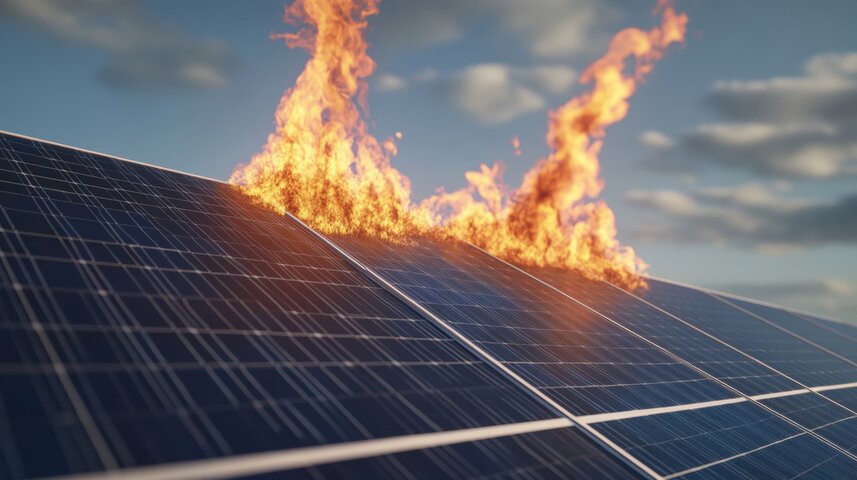
Myth 5: Only a south-facing orientation of the PV system makes sense.
A south-facing orientation ensures maximum yield from the PV system – especially around midday. If a household or business wants to consume as much of its solar power as possible to keep electricity costs to a minimum, an east-west orientation of the PV system is certainly a good option.
Another advantage: more space is available, as both roof surfaces of a pitched roof can be used. This better balances electricity production throughout the day. More kilowatt hours are generated in the morning and evening. A southeast or southwest orientation is also attractive.
To sum up, while south-facing remains ideal for solar energy, west- or east-facing orientations are also good options. The roof pitch is more important for the efficiency of a photovoltaic system. This should definitely be checked before purchasing.

Myth 6: When the sky is cloudy there is no solar power
This misconception about solar energy from PV systems is also untrue. Even when the sun is obscured by clouds, indirect sunlight still hits the modules. So-called diffuse light also allows the solar power system to operate, but the yield decreases depending on the loss of solar irradiation. This means that a 10 kW PV system, for example, can still generate up to 2,000 watts.
However, if the sun is more frequently obscured by clouds during the winter months and remains in the sky for fewer hours each day, the energy generated drops significantly. For example, a system with a 10 kW output only produces around 200 kilowatt hours (kWh) of energy in December, whereas in a summer month, it can produce up to 1,400 kWh. This is certainly considerably less, but still more than nothing. Monitoring the PV system can clearly demonstrate this.

Myth 7: Roofs with solar panels are ugly.
There’s no accounting for taste, as the saying goes. However, there are very elegant, completely black modules on the market that also have a black frame or no frame at all around the panel. For building facades, more and more architects are looking for visually appealing solutions. Coloured or even completely white modules with no discernible structure, as well as solar films, already exist. Researchers and companies are working to make them more efficient and affordable.
Solar panels can actually be very attractive! Solar panels are only visually distracting if there are only a few or if they are placed irregularly. If the panels are installed evenly across the roof, the matte black or blue surface is visually appealing.
Many people believe that a rooftop solar system looks futuristic and modern and gives the home an upgrade. Here are a few examples:



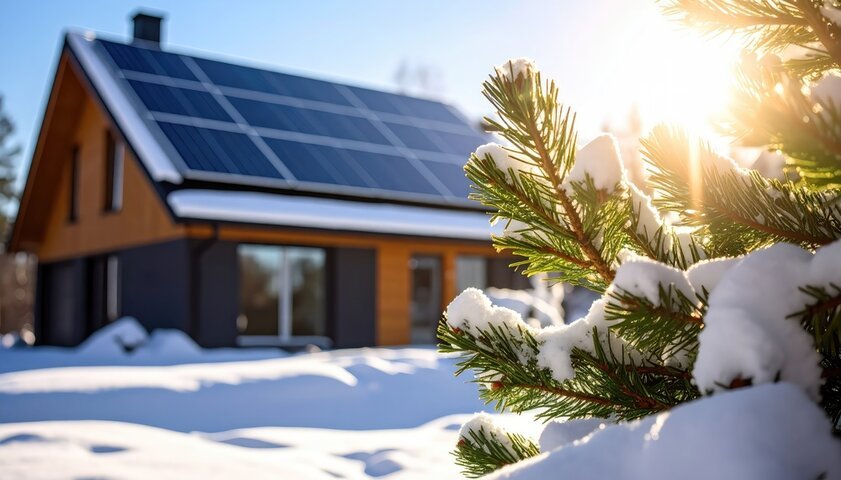
Conclusion
Some myths surrounding solar energy persist but are nevertheless false. Generally speaking, when used correctly, solar energy is efficient, affordable, and easier to implement than many people think. A balcony power plant makes it easy to get started with solar energy, as no major investments or modifications are required. However, those with more space at their disposal can save even more in the long run with a larger solar system.
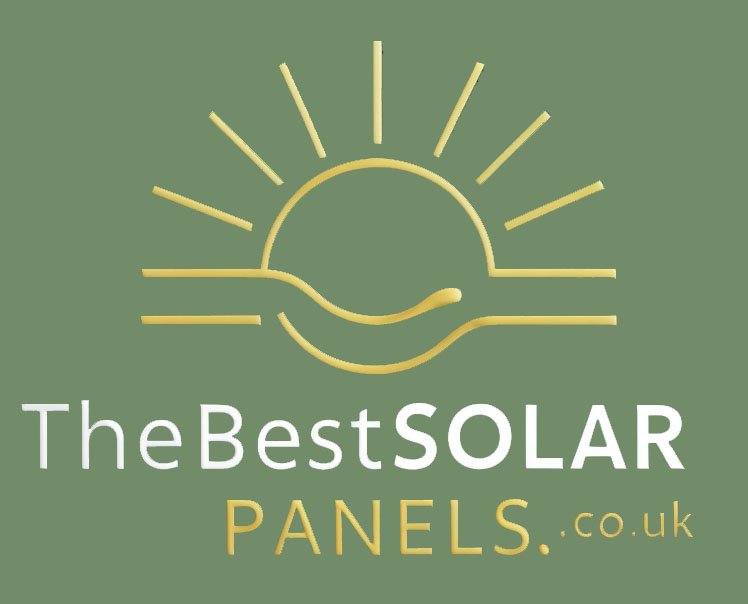


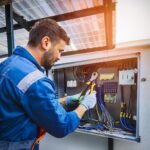

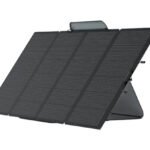
Leave a Reply